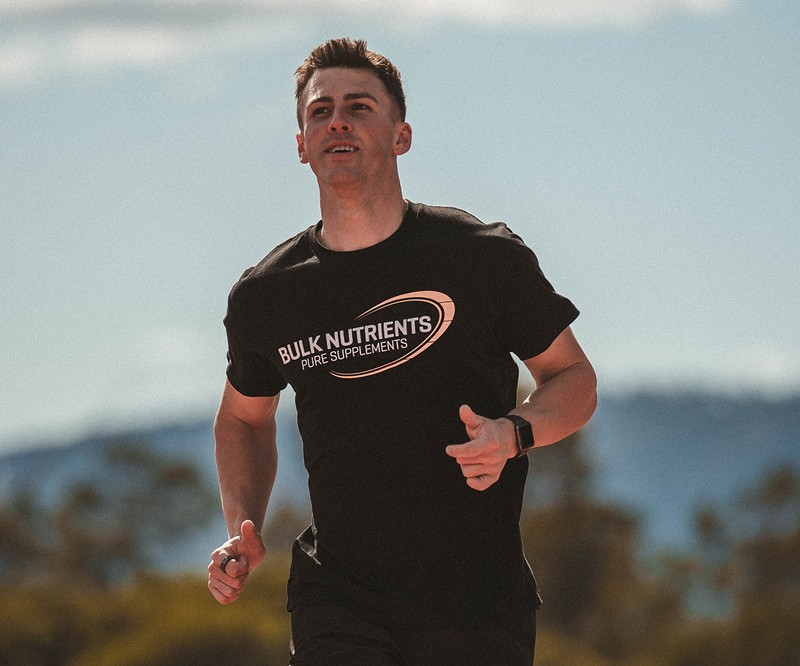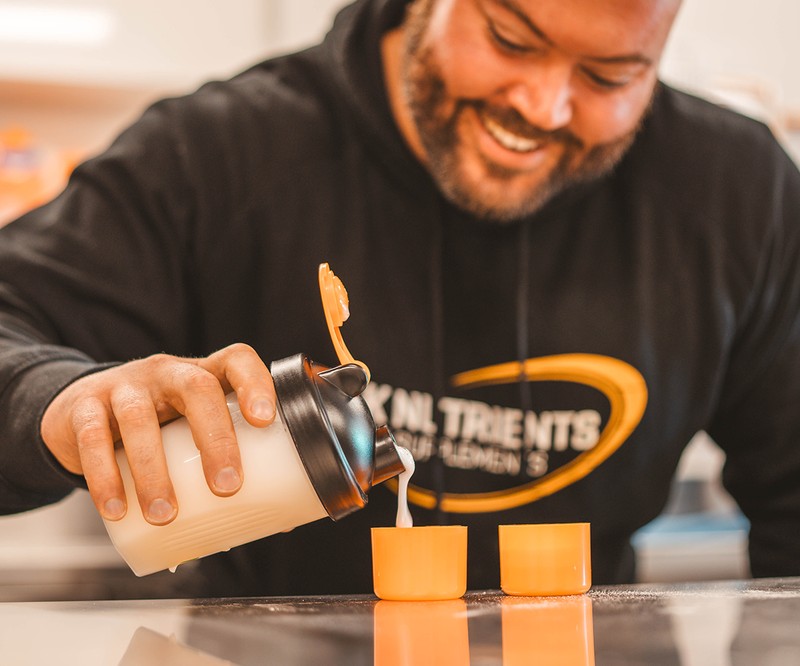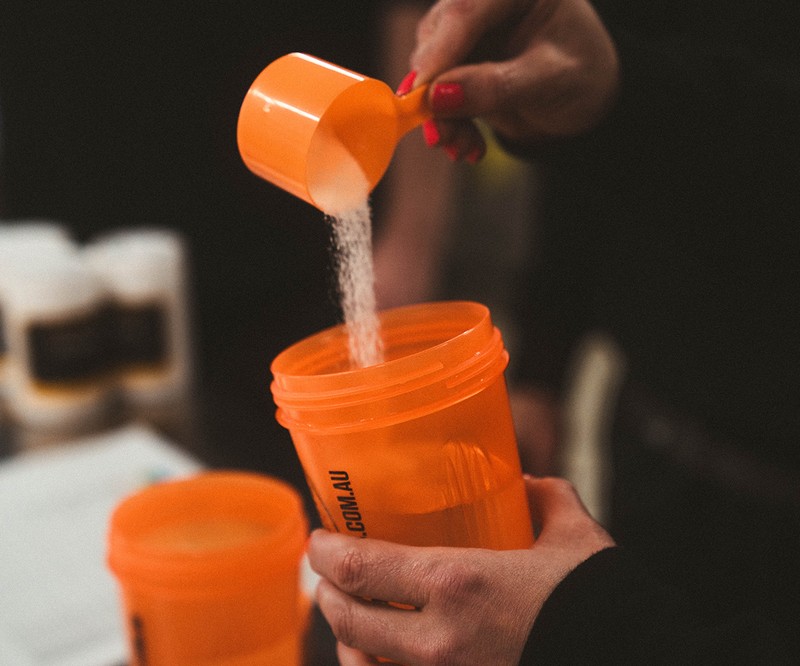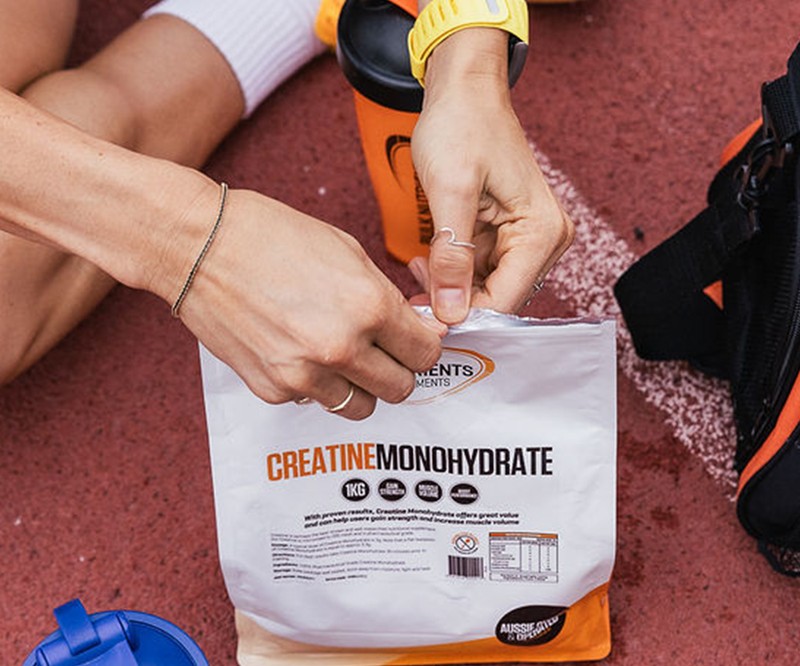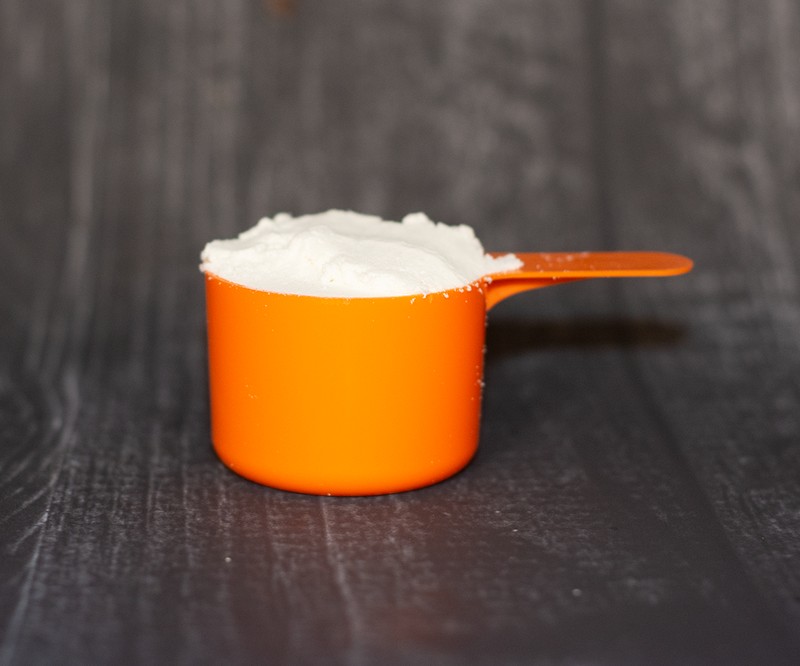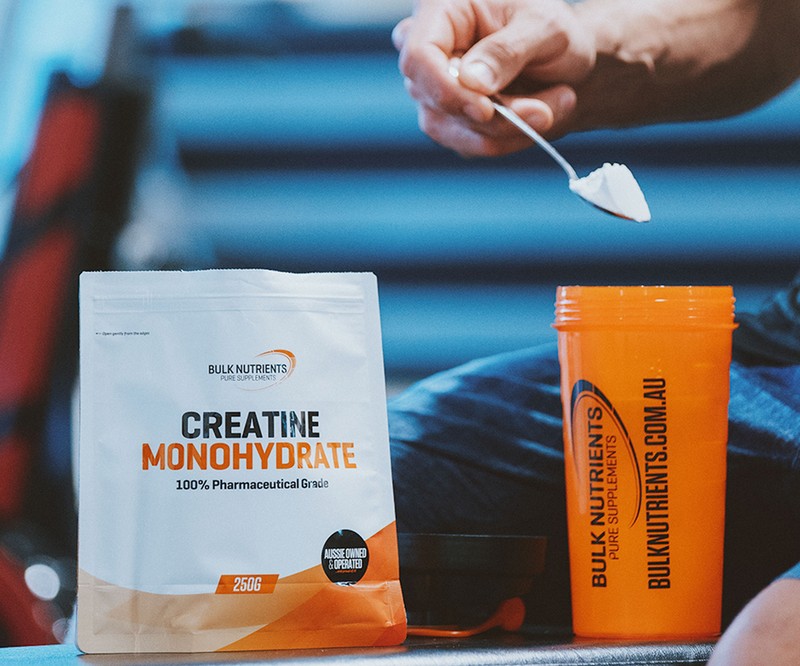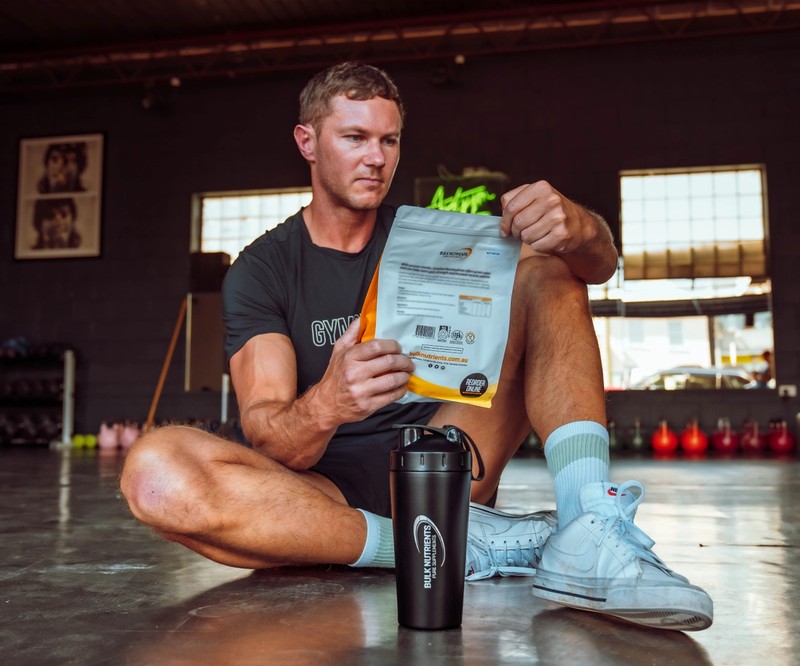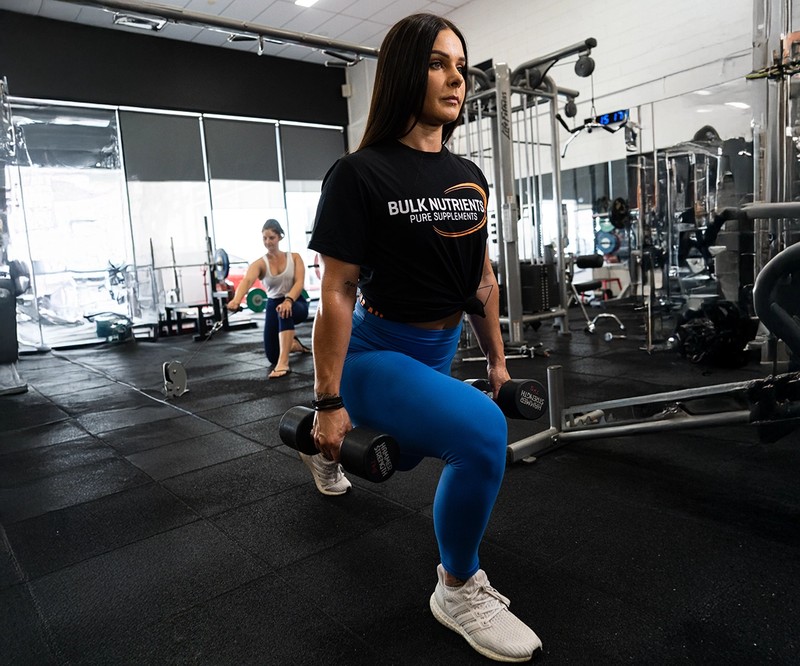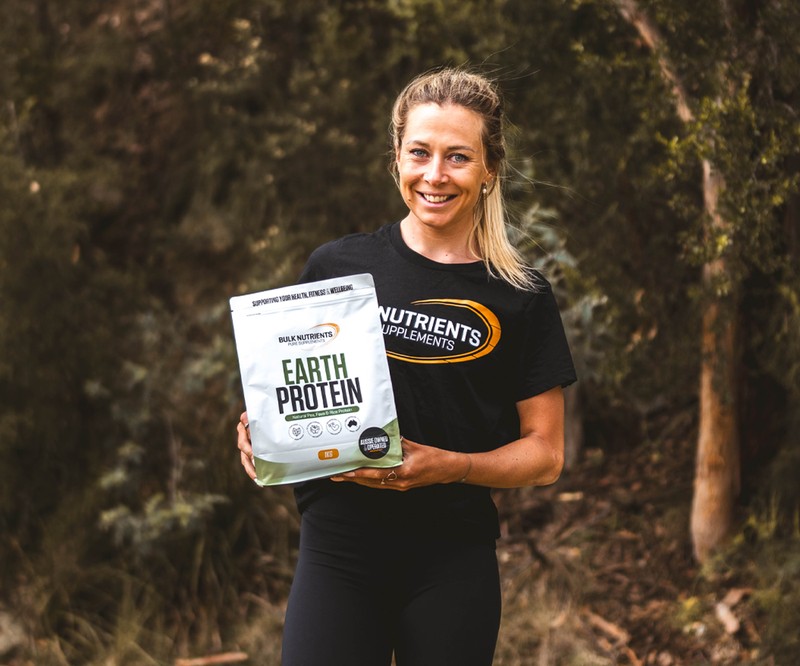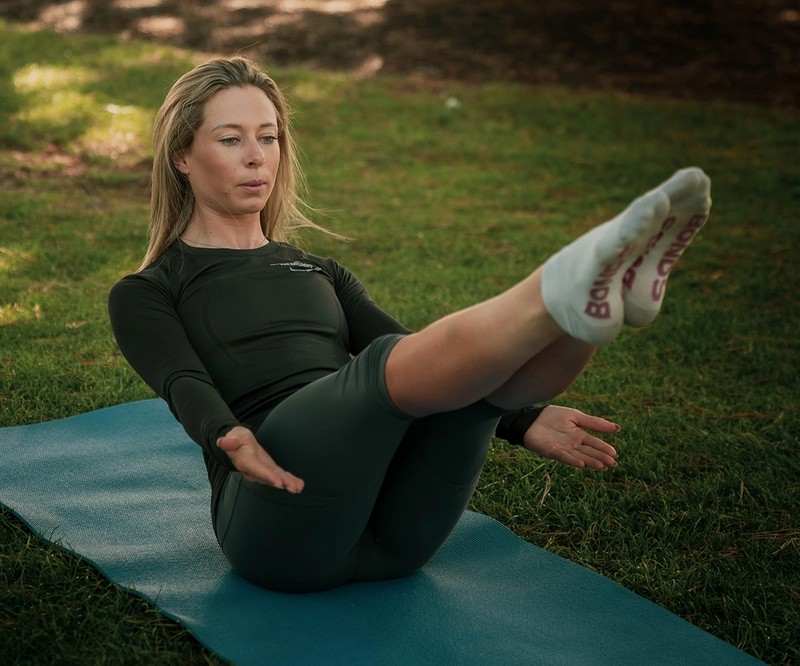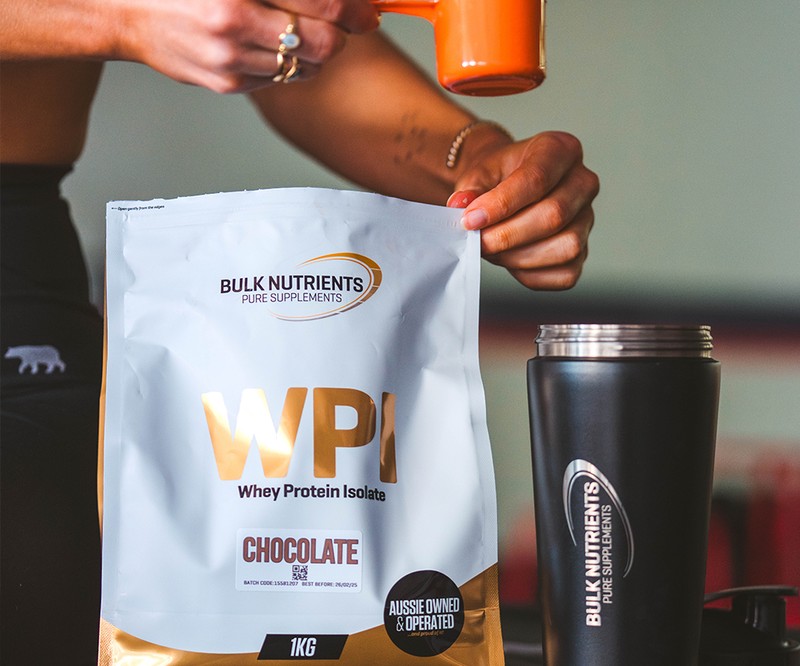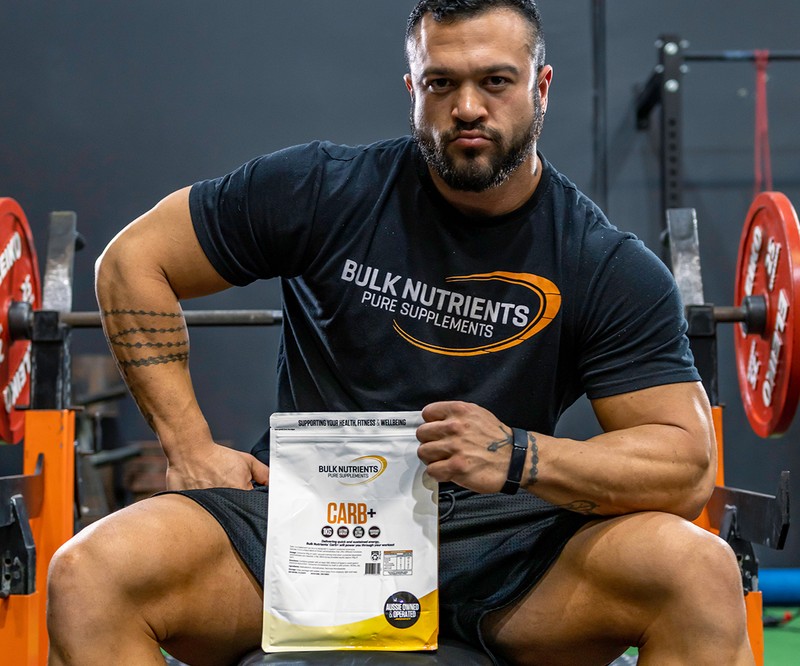How To Interpret Heart Rate in Your Training
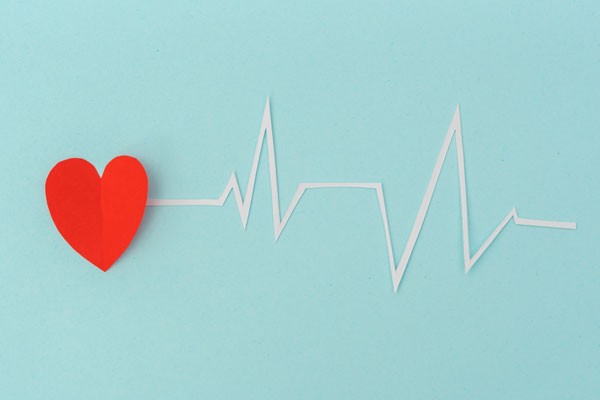
How do you measure your heart rate?
Most smartwatches will provide a running heart rate monitor straight from your wrist.
Some smartphones also have the capability to check your heart rate through a sensor. The most accurate way to get a heart rate measure while you exercise though is a heart rate monitor chest strap.
An alternative is to place your fingers on your pulse and count the number of beats in one minute. Your pulse can be found on your wrist, inside your elbow, on the side of your neck, or on the top of your foot. This way you don’t need any equipment except a timer or clock.

What does resting heart rate tell us?
Your resting heart rate is an important number when it comes to your fitness and health. A low resting heart rate in between 40 to 60 beats per minute indicates a well-conditioned athlete, while studies show that a higher resting heart rate can alert you to potential health issues.
Two things to keep in mind before we delve into insights of your resting heart rate. It will increase with age, and it may be affected by some medications.
Once you get to know your resting heart rate, you will be able to identify and interpret any changes. An increase in your resting heart rate could indicate that your body is under a lot of stress, for example, a high-volume training phase or recovering from a viral infection.
If your resting heart rate stays elevated, this could indicate overtraining and you may want to decrease your training and increased your rest. Your heart rate can also increase due to stress or lack of sleep. If you’re concerned about any changes in your resting heart rate, make sure to discuss these with your doctor.
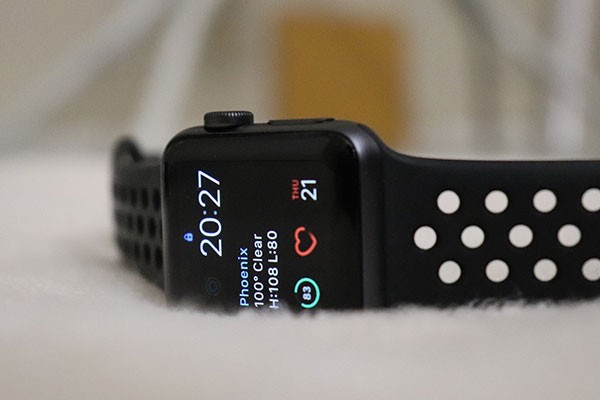
Using heart rate as an indicator when exercising
Heart rate is a fantastic indicator of how hard your body is working while you are training. Rather than guessing your intensity, heart rate makes this an objective, trackable number, much like your frequency and volume numbers.
It’s important to note here that going harder and getting to your max heart rate is not always the aim, there are many ways to get the most out of your workout without maxing out your heart rate.

Using heart rate to guide training
You can use your heart rate to guide your training in set heart rate ranges based on your max heart rate. For example, you could be running 30mins at 70-80% of your max heart rate, or intervals of 800m at 90% followed by 400m recovery at 70% of your max heart rate.
On the other hand, you can use your heart rate tracking as a tool to ensure you can finish a long training session.
For example, you set out to complete a bike ride of 80km. You could keep a steady pace, but this will get more difficult over time and can be hindered by external factors such as the direction of the wind (whether it is advantageous or not), changes in the roads, and traffic.
This is where you can use your heart rate to ensure you can finish your 80km ride without going too hard or being up and down throughout the duration. Pop your heart rate monitor on and focus on maintaining your heart rate between 62-75% of your max heart rate. This endurance pace is ideal for a long-distance stint on the bike.

Why is heart rate a good measure of exertion?
Your heart rate while you exercise is an objective measure of your intensity during your workouts.
This is much more accurate than the subjective measure of how you feel.
Your perceived exertion during exercise can be affected by many other internal and external factors, making it less accurate.
Your resting heart rate over time
Studies show that as you get fitter, your resting heart rate will decrease. A decreasing resting heart rate is a great indication that your fitness is improving and therefore your training is working well!
Try to keep a log of your resting heart rate along with your training diary so you can identify changes as they happen.
If you notice unusual changes in your heart rate, this may warrant medical attention. Make sure you seek advice from your doctor if you have an irregularity.
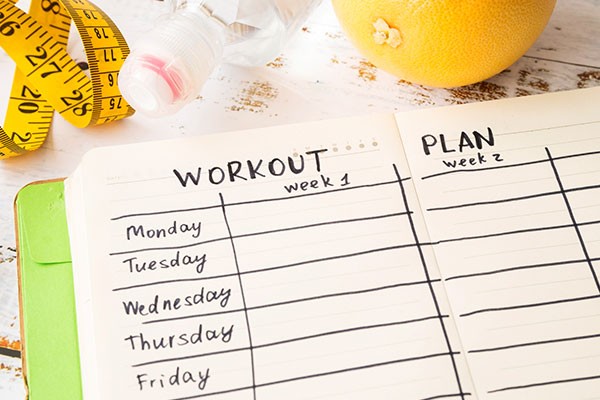
Wrapping up Heart Rates
Heart rate is a very valuable, objective measure to guide your training!
It’s super easy to use this measure in cardiovascular activities to gauge intensity and in everyday life to contribute to an overall measure of fitness and health. Try using heart rate as an intensity measure next time you head out on your ride, run, or swim!
References:
- All About Heart Rate (Pulse). www.heart.org. https://www.heart.org/en/health-topics/high-blood-pressure/the-facts-about-high-blood-pressure/all-about-heart-rate-pulse. Published 2022. Accessed May 24, 2022.
- 2 easy, accurate ways to measure your heart rate. Mayo Clinic. https://www.mayoclinic.org/healthy-lifestyle/fitness/expert-answers/heart-rate/faq-20057979. Published 2022. Accessed May 24, 2022.
- Can you sing while you work out?. Mayo Clinic. https://www.mayoclinic.org/healthy-lifestyle/fitness/in-depth/exercise-intensity/art-20046887. Published 2022. Accessed May 24, 2022.
- What your heart rate is telling you - Harvard Health. Harvard Health. https://www.health.harvard.edu/heart-health/what-your-heart-rate-is-telling-you. Published 2022. Accessed May 24, 2022.
- Fox K, Borer J, Camm A et al. Resting Heart Rate in Cardiovascular Disease. J Am Coll Cardiol. 2007;50(9):823-830. doi:10.1016/j.jacc.2007.04.079
- Reimers A, Knapp G, Reimers C. Effects of Exercise on the Resting Heart Rate: A Systematic Review and Meta-Analysis of Interventional Studies. J Clin Med. 2018;7(12):503. doi:10.3390/jcm7120503

